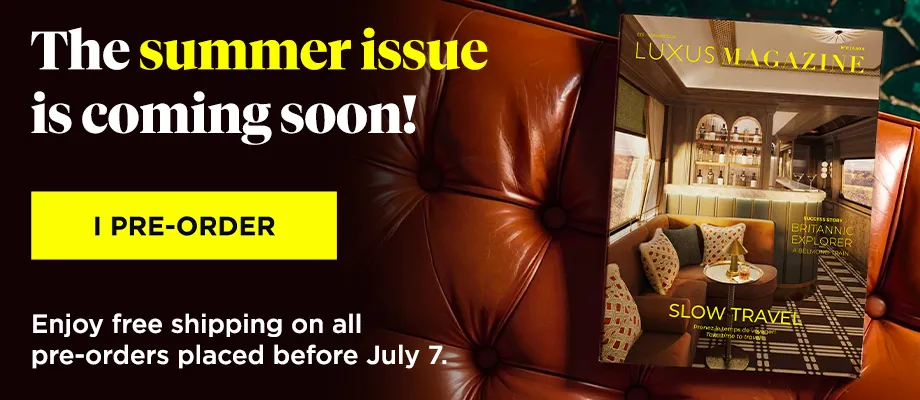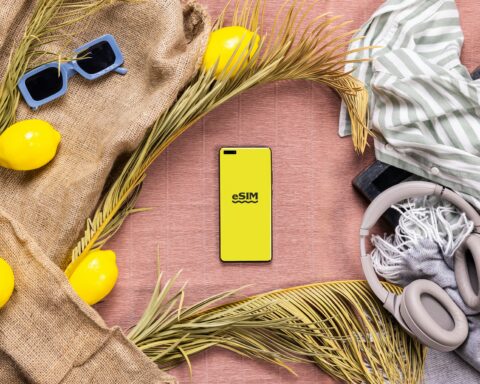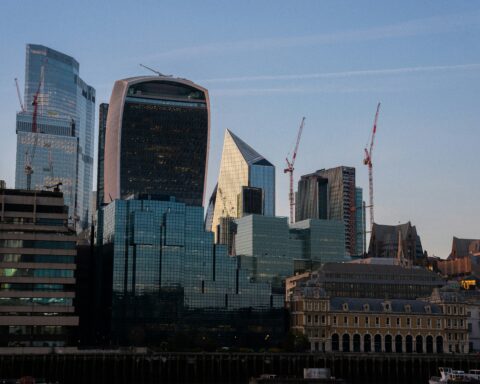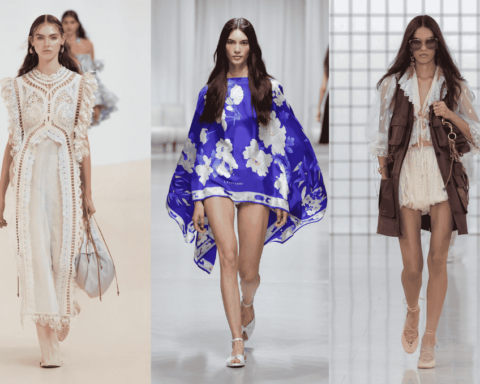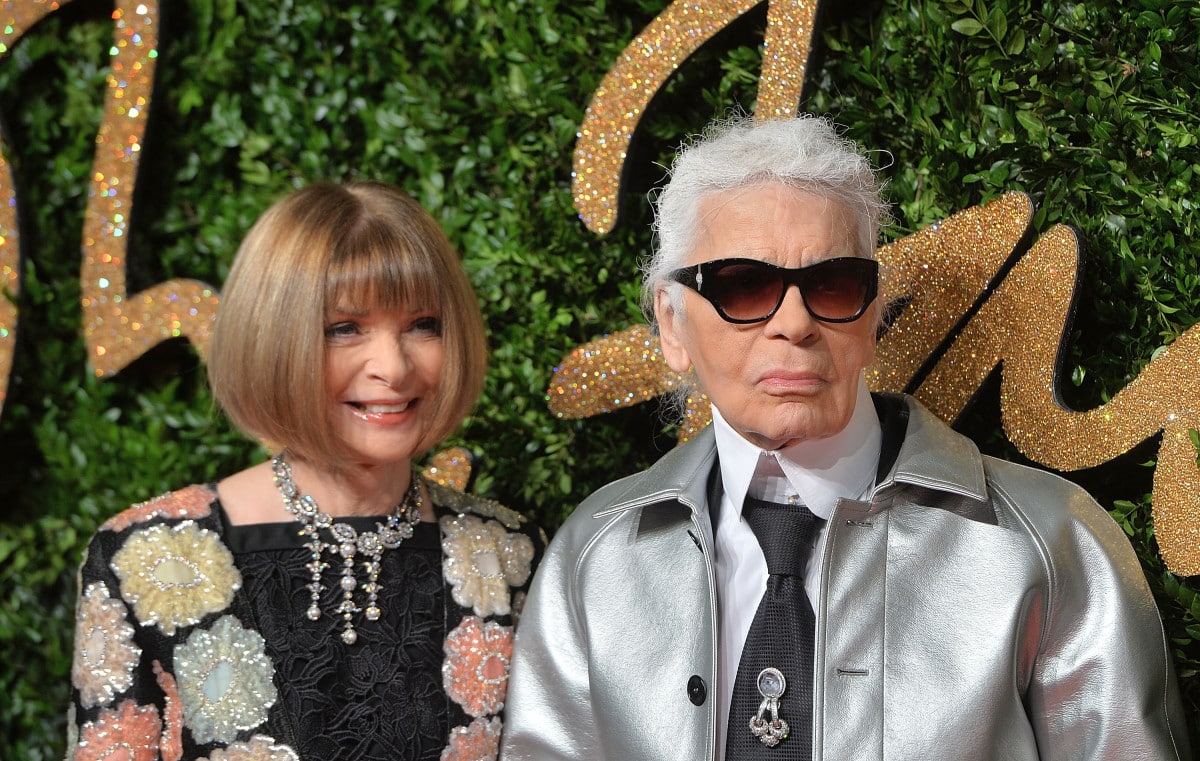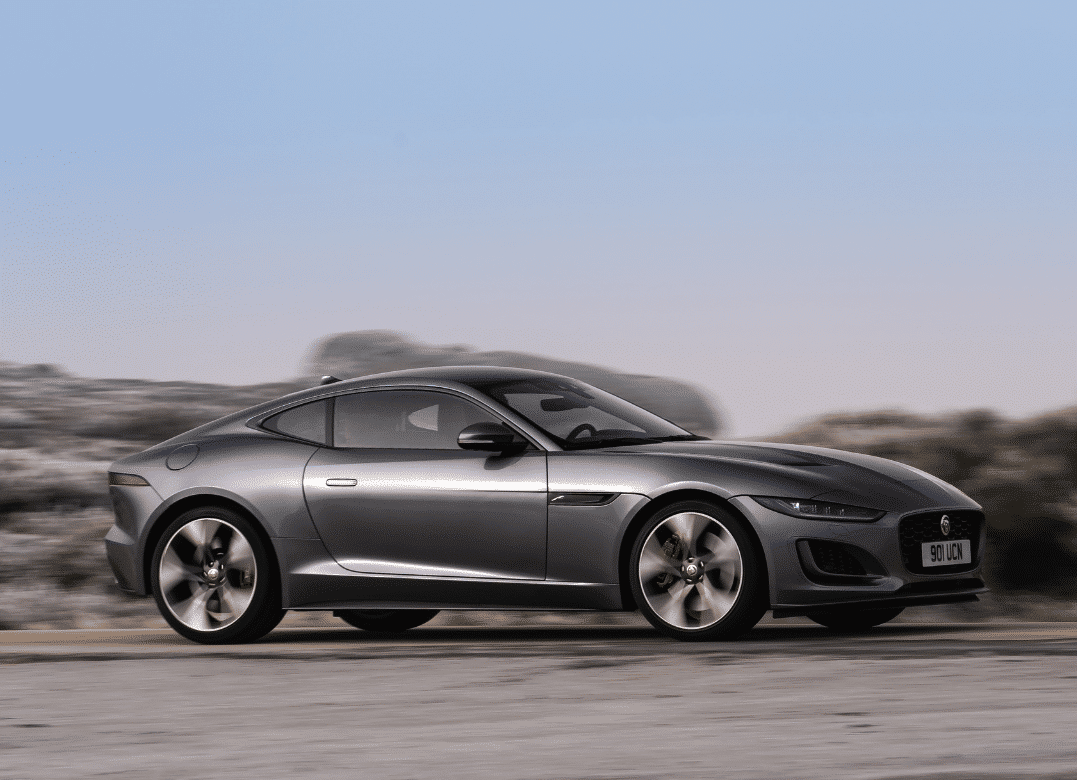We announced it in the first part of our series dedicated to the winegrowers of the Aube. Ten of the most beautiful and promising champagne houses of the Côte des Bar and Montgueux came to celebrate at the Elysée Pavillon the 20th anniversary of the Hôtels and Préférence group, an international French group with one of the most impressive collections of 4- and 5-stars hotels in France. In this third gustatory stage, we share with you two hidden treasures of the Côte des Bar.
Our meetings end with two domains with exclusive products.
Their names may not be familiar to you (yet) and yet they could well cause a sensation at your next reception…
One is a lover of the earth, energies and the cosmos, the other of art and heritage, but both share a passion for champagne wine: Erick Schreiber and Vincent Grandpierre.
Let’s start with Erick Schreiber, an organic producer who harvests and handles, is Ecocert certified and produces Demeter certified biodynamic champagnes.
With 33 years of experience in biodynamics, the man is not only a reference but also inexhaustible on this method of organic viticulture which requires to be “attentive to the solar and lunar rhythm, according to the constellations“. The idea is to feed the soil with a double preparation. “One will intensify photosynthesis and allow the cells to reorganize in the plant according to the sun while the other will intensify the microbial life of the soil and allow the roots to dive deeper into the soil.” This biodynamic approach, true to Rudolf Steiner’s method, notably “accentuates the living world of the soil.” And that translates into champagne wines that differ from what’s out there.
A pioneer in biodynamic viticulture, Erick is just as much a pioneer in the reintroduction of forgotten grape varieties in Champagne (Pinot Blanc and Pinot Gris).
Presentation done, it’s time to taste this “champagne otherwise.”
This free spirit proposes to start the experience with two champagnes, perfect for the appetizer (cold meats and cooked cheeses). First, an extra brut. It is a blend of several years from the “grande réserve” cuvée but with a very low dosage (1.32 g/l). A very fine bouquet with a beautiful aromatic complexity delivering a lot of freshness and presenting a beautiful holding in the mouth.
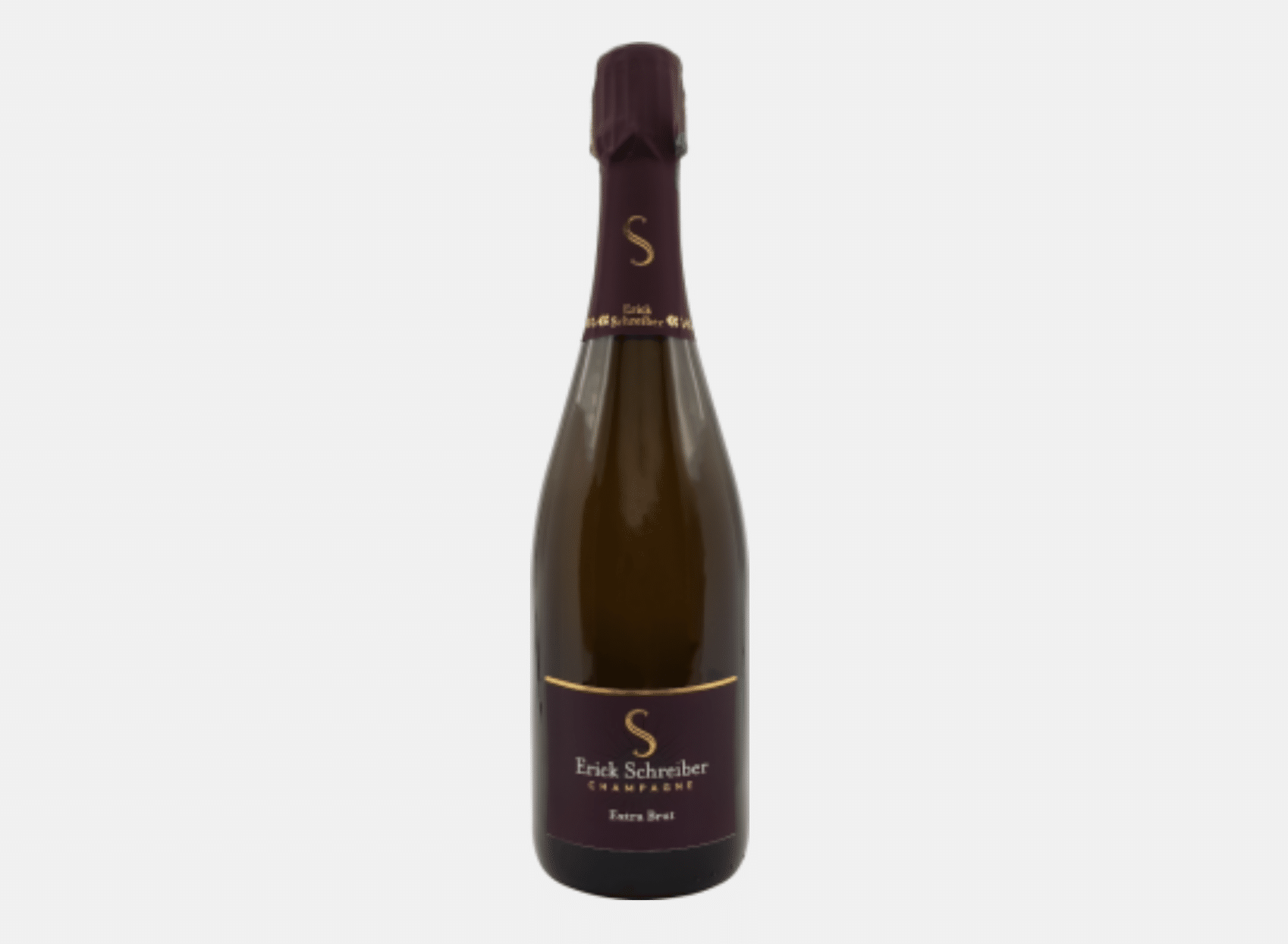
Next comes the Cuvée Prestige vintage 2014, which perfectly balances Pinot Noir and Chardonnay. Subtle and delicate, it plays on variations of white fruits, fresh almonds, and honey. Now it’s time for the real gems, those that really break the codes of traditional champagne. And we start with his Blanc de Gris 2015, a UFO summoning the champagnes of old times thanks to a rare blend (58.2% pinot blanc and 41.5% pinot gris). On the palate, fresh almonds are expressed with a touch of minerality that makes the singularity of the Kimmeridgian, the rock mostly present in the Côte des Bar and found on his farm in Courteron. “it’s a 158-million-year-old limestone rock that came from the disappearance of a shallow sea.” He adds, “it’s a crescent that runs from the south of England, through Chablis – so we have virtually the same subsoil – and ends in the Seine bay.” The iodine dimension of this champagne makes it particularly suitable for langoustines, caviar and oysters. The whole presents a lot of finesse and complexity with power and texture.
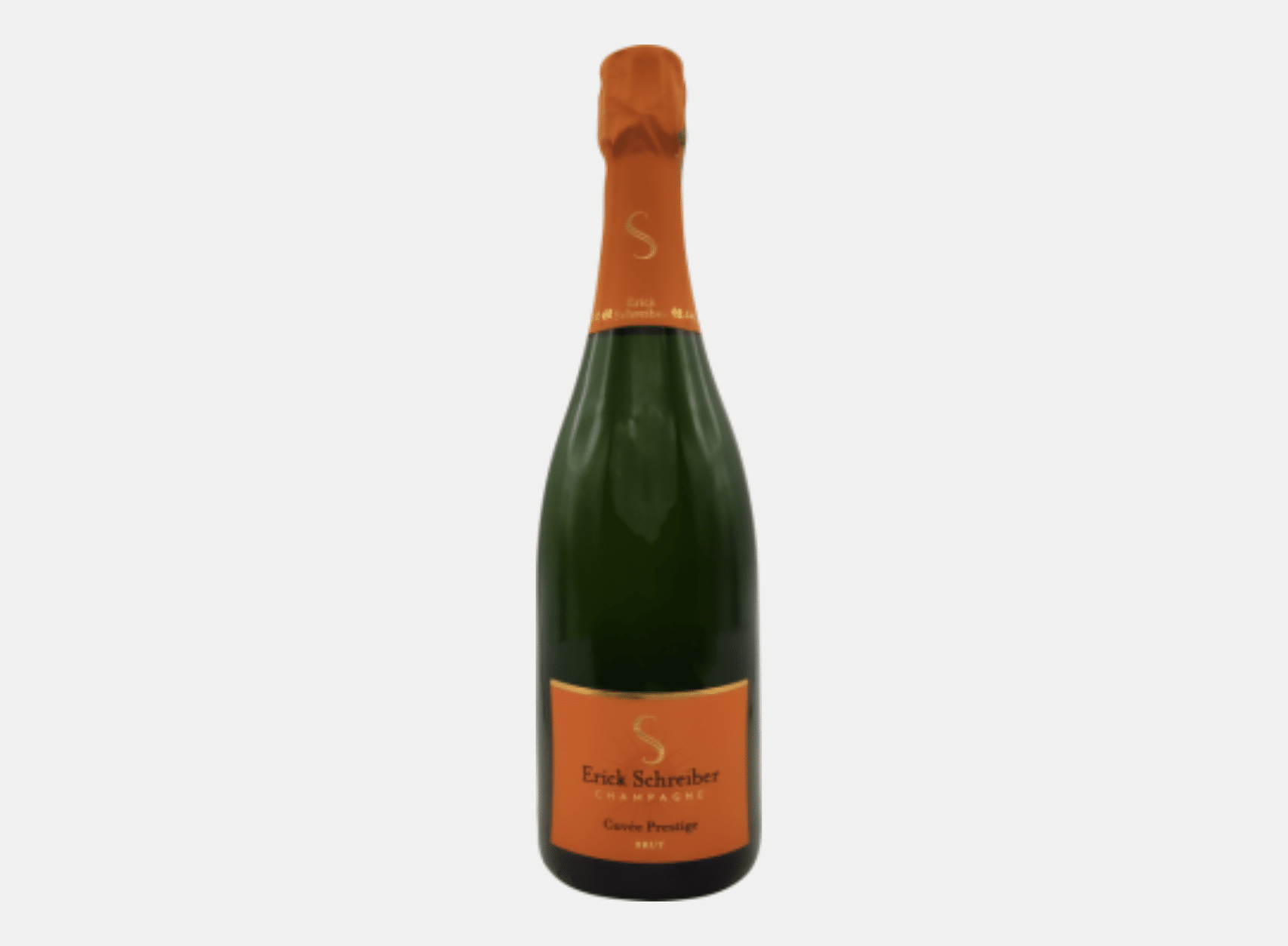
And finally, an exceptional cuvée that literally defies the law of nature; its Cuvée Astral 2014. A champagne without added sulfur, an explosion of freshness, and a true synthesis of biodynamic and geobiological teachings. The grapes express themselves here in the purest of ways, the fruit of ten years of slow maturation in the cellar. The result is a champagne that will be perfect with shellfish and other seafood.
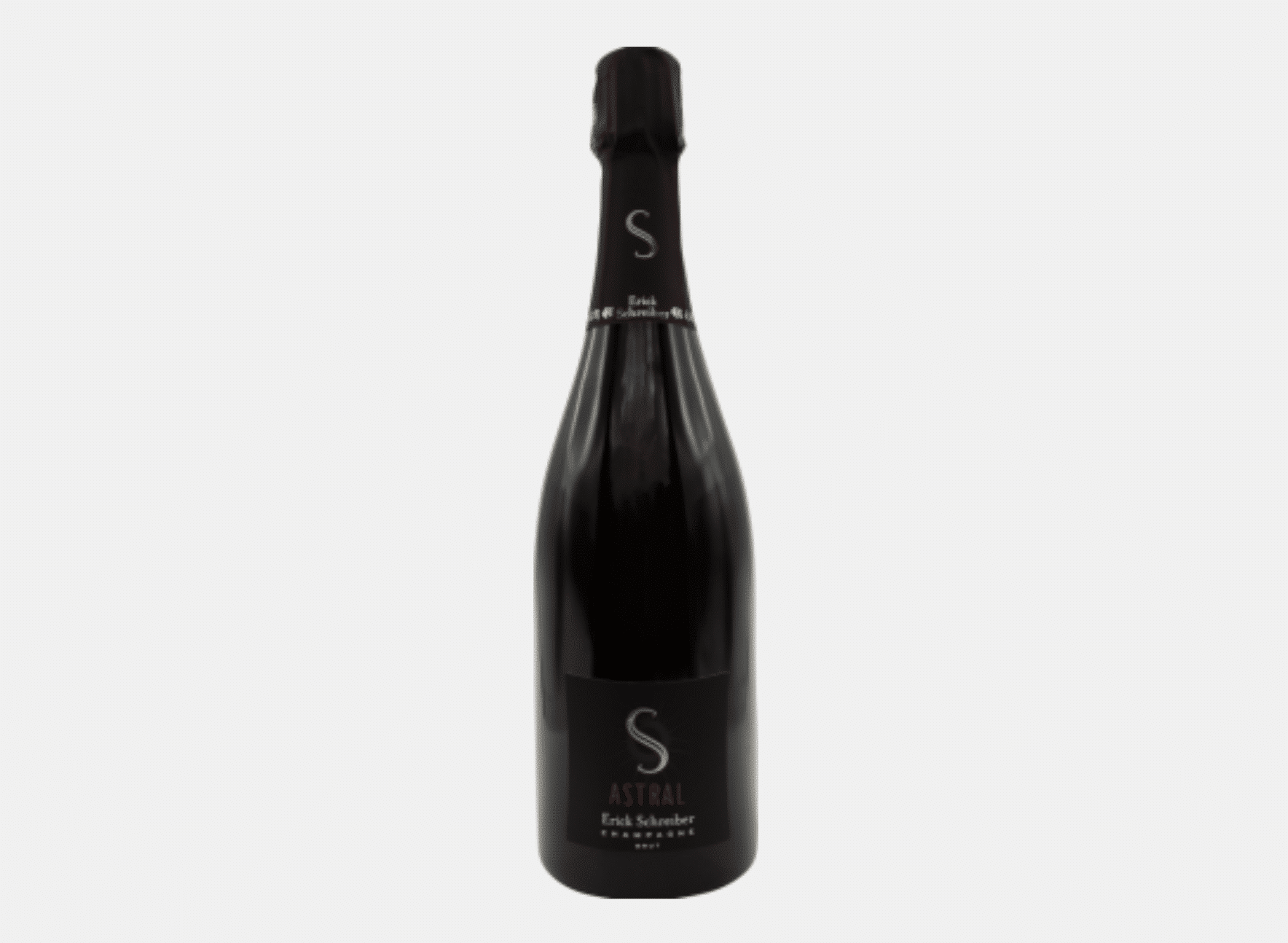
Finally, let us crown this journey with the champagnes elaborated by Vincent Grandpierre. A collection of four champagnes intimately linked by name – as much as by spirit – to a place as enigmatic as magnificent: Prieuré de Viverie. “We are extraordinarily lucky: we are the only priory in Champagne to own its building, part of its vineyards and its brand of champagne,” Vincent Grandpierre tells me. Then, the place’s owner returns to the genesis of this exceptional adventure. “Originally from Viviers-sur-Artaut, I remember that as a child, I used to pedal in the village streets, always intrigued by this large and intriguing 12th century building. And then one day in 2002, I would acquire this magical place, carrying an incredible history and a beautiful volume.” In rehabilitating this place, the objective was to “create a place of excellence for ecotourism”. He then spoke to me about his contemporary architectural work, “a structure imagined to evoke a barrel which is not without recalling the original vocation of the place“. Indeed, this place of prayer also housed a vineyard, with its land, its vines, its presses… And its wine barrels!
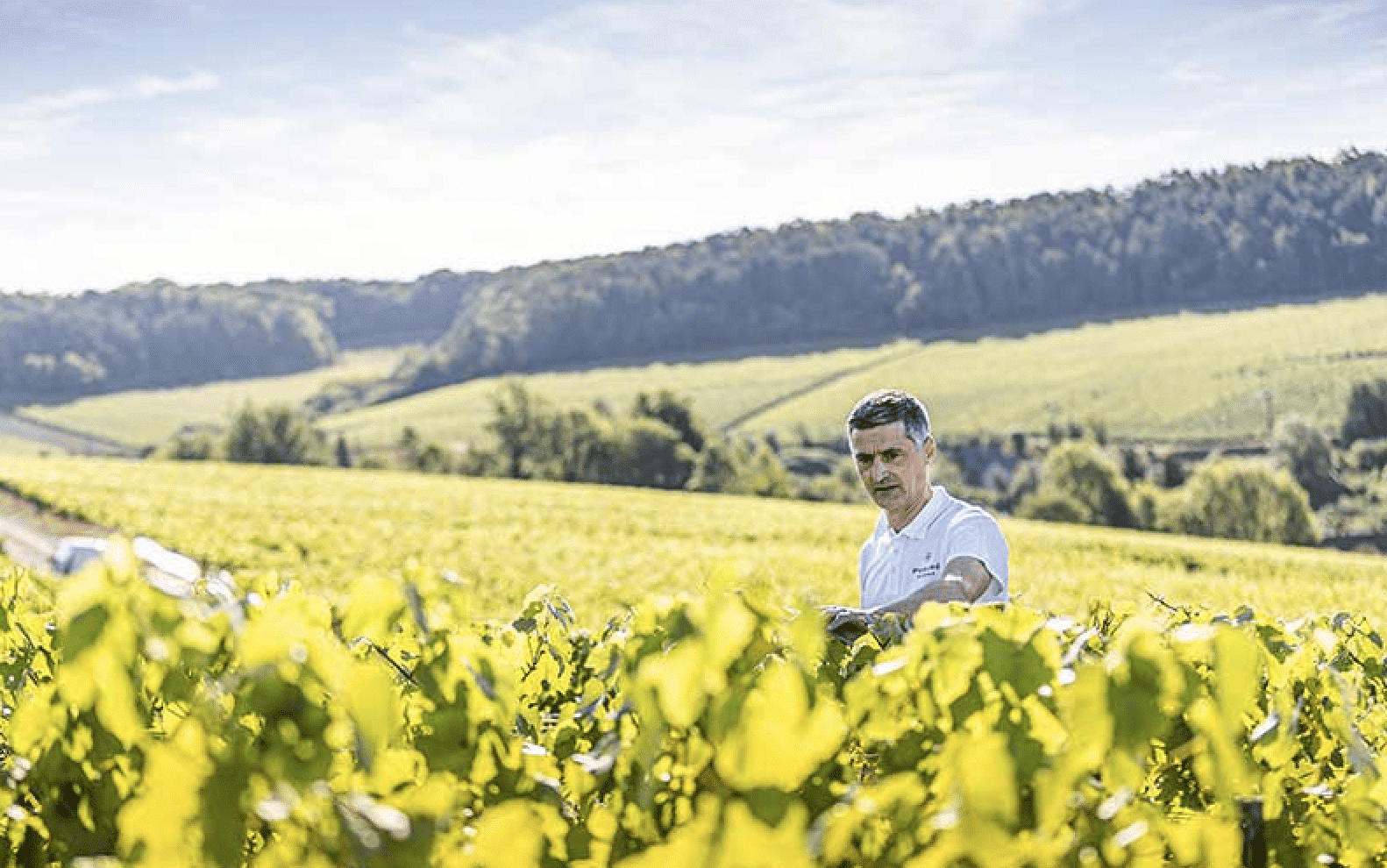
Winegrower, harvester, and handler from a winegrowing family since 1705, Vincent Grandpierre (12th generation of winegrowers) is also an artist in his spare time. An approach can be found in elaborating his four exceptional vintages.
“At the Prieuré de Viverie we only make vintages, produced exclusively in the best years, the idea being to mark time and be part of the priory’s history with excellence.” In fact, each cuvée name recalls an iconic date in its history;” Moreover, each cuvée name recalls an iconic date in its history.” He adds, “Since 2012, I have never remade the four cuvées in the same year and some years simply none.” His cuvées he has entirely thought out and designed himself, with one goal: to make the taster experience a memorable emotion. “The desire was to create gourmet champagnes that would accompany an entire meal. That way, you can enjoy champagne in the same way as a great wine.”
We start with the Cuvée 1180, a reference to the year the priory was built.
With a blend of 80% Chardonnay and 20% Pinot Noir, this 2012 vintage is rich and has been aged in the cellar for ten years. We find aromas of candied fruit and figs a little brioche on the nose. On the palate, there is a beautiful generosity, with the elegance of the chardonnay as a backbone and a beautiful length. Champagne ideally served with foie gras or fish in sauce.

Another white champagne, Cuvée 1205, is a mirror blend (80% pinot noir 20% chardonnay). A 2012 vintage of great complexity, with a fresh nose with notes of plum jam and red currants. The pinot noir provides structure while the hint of chardonnay brings a nice freshness to the slightly woody finish. “It is a fuller cuvée with a noble base to be appreciated with white meat, roasted poultry, fish in sauce, or even to be associated with red meat as long as the accompaniment is not too spicy.”
Prieuré de Viverie also offers rosé champagne cuvées, always vintage.
Cuvée 1515 is a rosé champagne made from a blend of 70% Pinot Noir (half vinified in maceration and half in white) and 30% Chardonnay. Vintage 2012 is always fresh; we feel the nose of strawberry jam, dried fruit, and salted butter caramel, then the elegant fruity touch offers a delicate acidic finesse. He confides to me, “We tried it with cheese, and we had a real explosion in the mouth. With a Munster, it’s one of the perfect pairings you can find.”
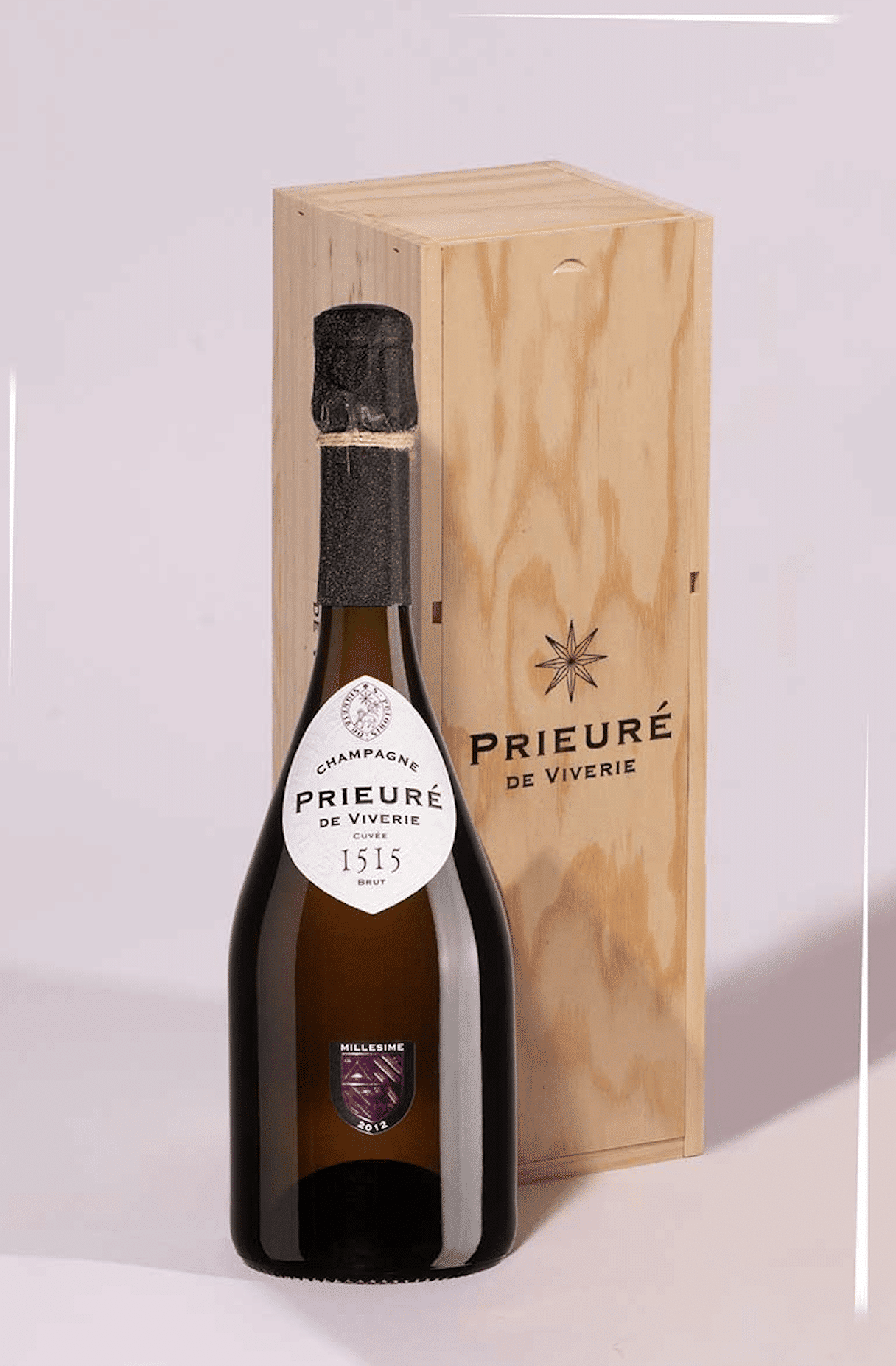
Finally, the highlight of this emotional show: the 1740 vintage. “We wanted a champagne for desserts. Tasting brut champagnes at that time is too often a mistake.” The 1740 cuvée – a nod to the date the Prieuré de Viverie was rebuilt – is also a heartfelt tribute to Voltaire’s century and its tinted, sweet champagnes.
The secret? A 100% pinot noir maceration rosé champagne, dosed dry in order to have an explosion of flavors. “We’re on a 2012 vintage with small red fruits and honey coming through on the nose and on the palate wild strawberries and raspberries. We find here the really greedy, pleasant side of red fruit, while remaining thirst-quenching.”

Like my hosts, I leave the evening filled with admirable gustatory memories. An exceptional event, which remains a test to be transformed, as Sabine Verley concedes. “This evening offered us a magnificent setting, a beautiful press and a privileged access to professionals… and this is only the beginning“. Indeed, Nicolas Dubois, Deputy General Manager in charge of the development of the group Hôtels et Préférence calls for a future partnership between the winemakers and the establishments of the group. Decidedly, this is a beverage that brings happiness and vitality. Louis XIV, in making this clear drink made from black grapes, the wine of the coronation in 1654, would not have said otherwise.
Read also > These winegrowers who make champagne sparkle… until Aube (Part 2/3)
Featured photo: © 2011 – 2023 Erick Schreiber

